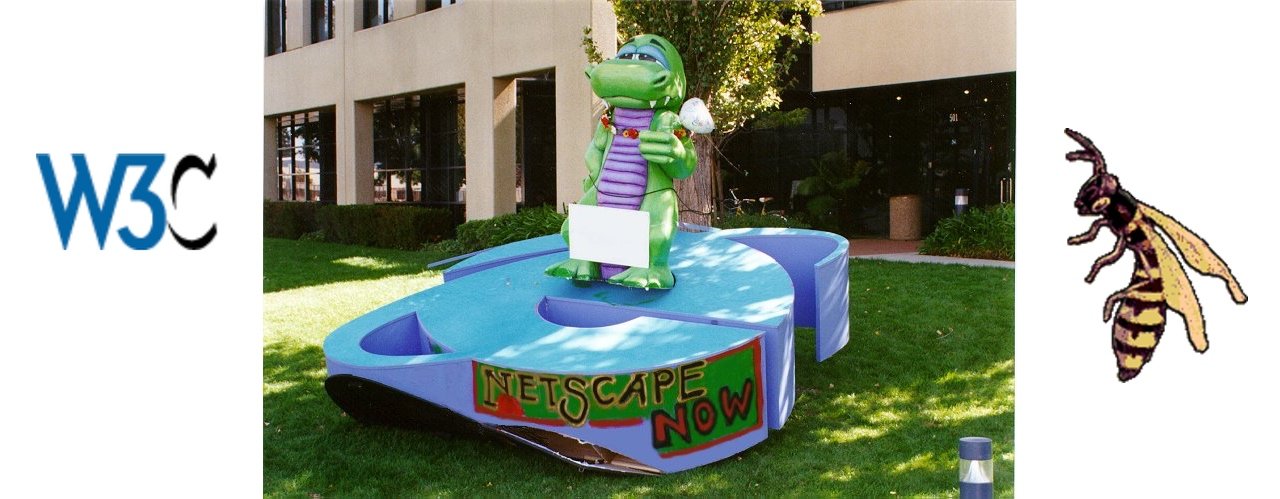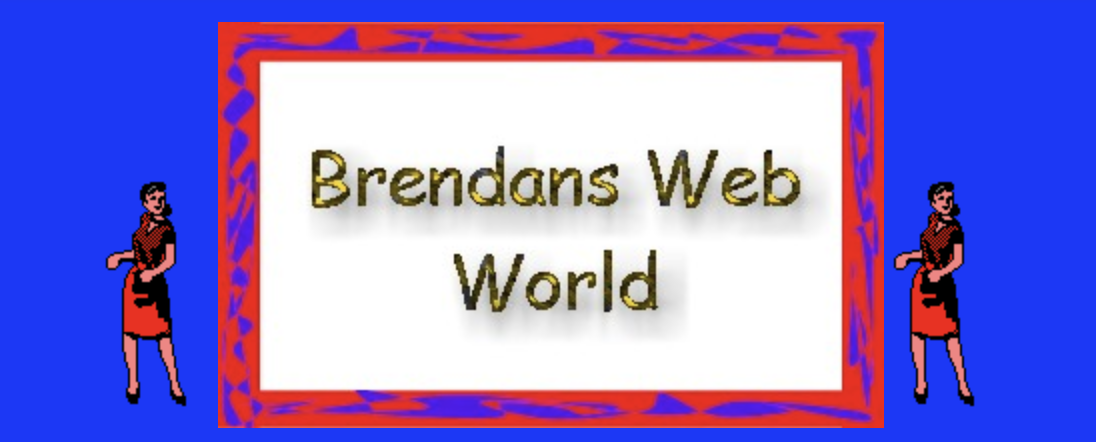1998: Open Season with Mozilla, W3C’s DOM, and WaSP
 Post thumbnail
Post thumbnail
It may seem like Microsoft won the browser war in 1998 (despite a looming anti-trust case), but looking back it, was actually the year the web started to open up. It was when open source projects like Mozilla and open standards like DOM began to steer the web towards a more open, equitable future. It was also the year that a coalition of independent web developers arrived on the scene to promote open standards — The Web Standards Project (WaSP). All of these developments would impact the web’s direction for years to come.
Read More 1998: Open Season with Mozilla, W3C’s DOM, and WaSP

